
America’s retail industry faces an unprecedented theft crisis. Shoplifting incidents have surged roughly 93% since 2019. Earlier estimates of $45 billion lost in 2024 were later admitted to be inflated, but even scaled-back figures run into the tens of billions.
Meanwhile, 73% of retailers say shoplifters have grown more aggressive and violent. Organized crime groups now cost stores about $700,000 per $1 billion in sales.
Self-checkout systems—once introduced to boost convenience—have become prime targets, intensifying the crisis. Industry analysts say this surge is unprecedented in modern retail.
Escalation

Walmart, the nation’s largest retailer, accounts for a startling share of these losses. Estimates put its theft costs at roughly $3 billion in 2021, jumping to $6.1 billion in 2022 and about $6.5 billion in 2023.
That far exceeds most competitors—about a sixth of total U.S. retail shrinkage. High-end goods lead the stolen list: electronics, beauty and personal-care products are top targets.
Organized rings focus on these valuables across multiple stores. That escalation has put Walmart’s leadership on high alert, driving urgent discussions on how to plug the leaks in its business.
Industry Context
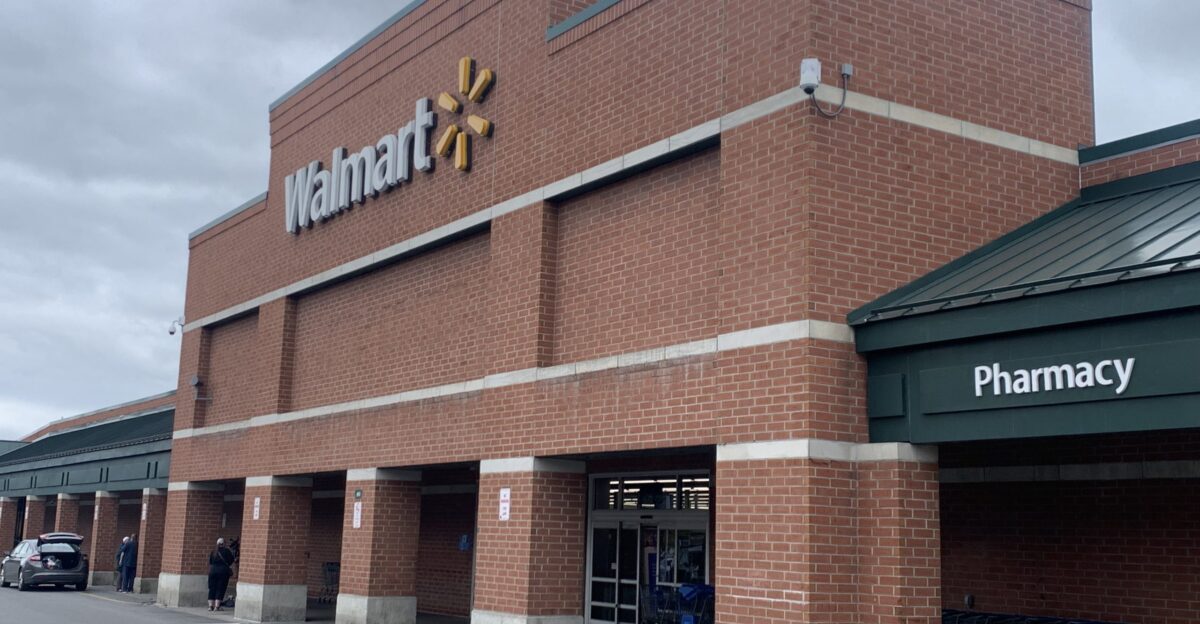
The problem is industry-wide. Retail’s total GDP contribution is $5.3 trillion, and theft has become a national emergency. The Council on Criminal Justice reported shoplifting jumped 24% in the first half of 2024 even as other crimes fell.
The NRF warns stores now confront “increasingly aggressive and often violent theft orchestrated by coordinated criminal networks”.
These networks operate across states and borders, often tied to drug and money laundering. In many areas, thieves exploit low-threshold laws (for example, thefts under $1,000) and dash away scot-free.
The message is clear: retail crime has evolved into a sophisticated, nationwide challenge.
Mounting Pressure
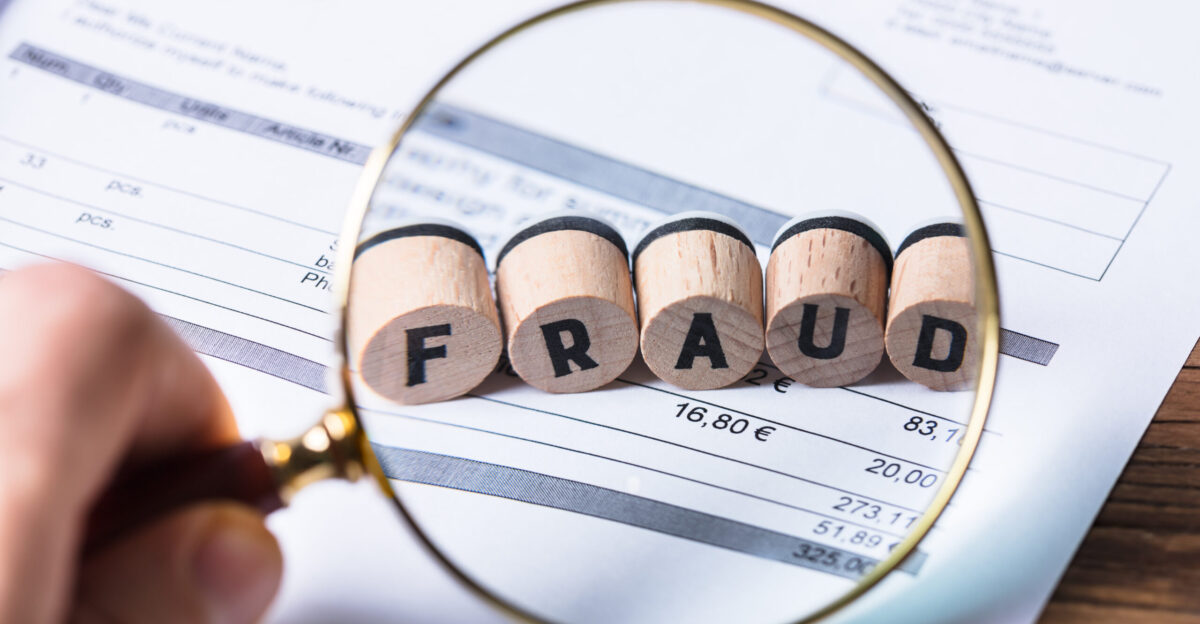
Self-checkout lanes—once hailed as efficient—have become the perfect storm for thieves. Capital One Shopping found theft rates at self-checkouts up to 65% higher than at staffed registers.
Over 20 million Americans admit to stealing via self-checkout, and 15% of those users confess to intentional theft.
Common tricks include skipping scans or scanning an expensive item as a cheap one (the “banana trick”).
Without a cashier watching, the psychological barrier to stealing evaporates. All of this has put enormous pressure on retailers to rethink how they sell everyday goods and secure the checkout process.
Central Action

In April 2025, Walmart launched a sweeping anti-fraud initiative. Stores began getting bright yellow anti-skimmer shields on PIN pads (nicknamed “chastity belts”) and removed all self-checkouts from high-risk locations.
Online, its marketplace adopted AI-driven monitoring to weed out counterfeit sellers. Walmart describes this as a “multi-layered enforcement system with zero tolerance for bad actors”.
The message is clear: fraud won’t be tolerated at any level. Walmart executives call this the biggest anti-theft initiative in the industry, reflecting how severe the problem has become.
Company leaders say it’s the largest loss-prevention effort in retail history.
Regional Impact
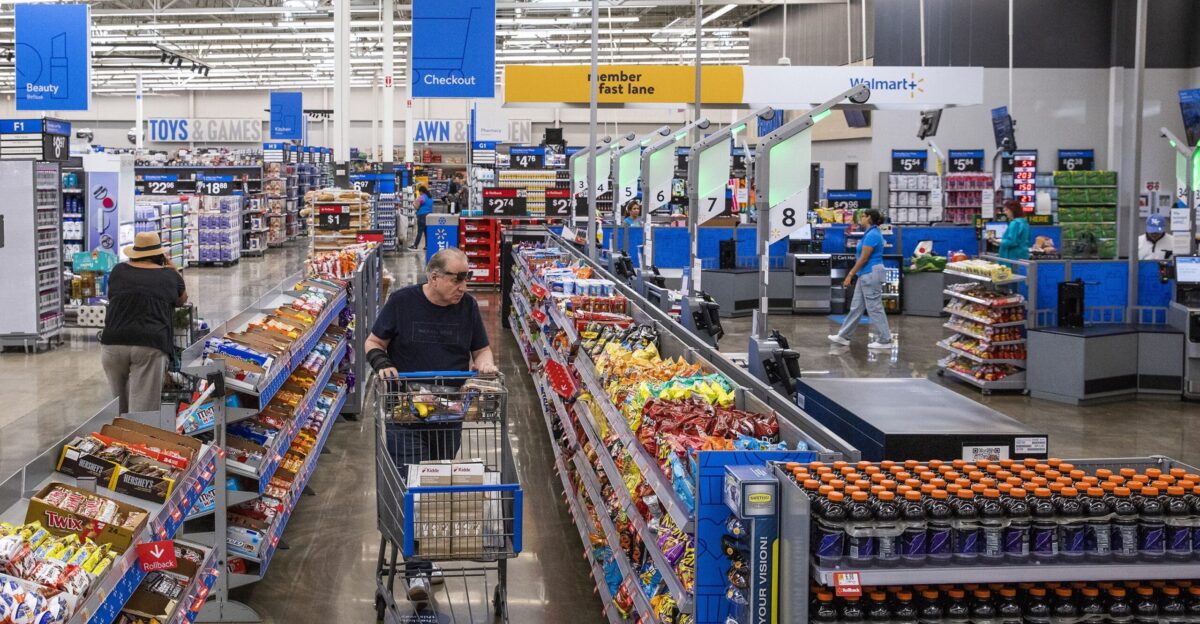
Some Walmart locations became real-world tests. In Shrewsbury, Missouri, law enforcement logged 1,915 calls in the first five months of 2024—25% theft-related—at one store. After removing self-checkouts, arrests and calls fell by roughly two-thirds.
“That’s a huge change… we really appreciate Walmart taking initiative and removing those self-checkers,” Police Chief Lisa Vargas said.
Walmart is now applying the same fix in other high-loss stores. Preliminary reports from those pilots show similarly large declines in theft.
Early results in Cleveland and beyond suggest these changes can sharply reduce shoplifting and disturbance incidents.
Human Stories
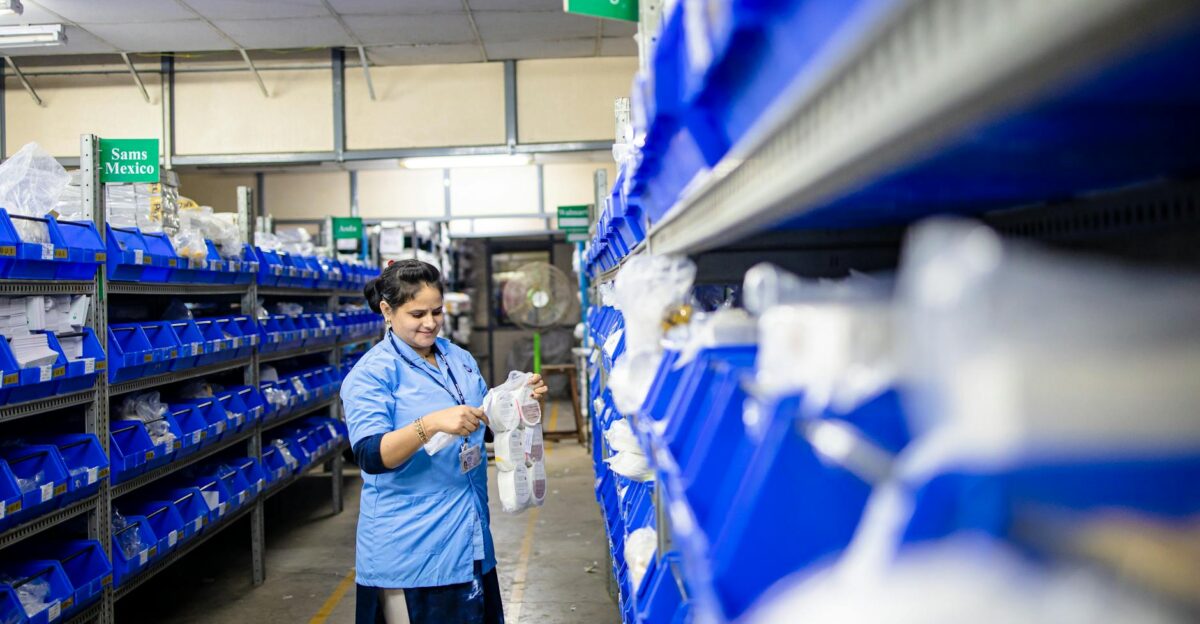
Store staff and customers feel the impact. Walmart emphasizes it is “continuously investing in people, programs and technology to keep our stores and communities safe”.
Floor associates report growing stress as theft incidents rise. Honest shoppers notice more locked cases and longer lines—but many support the tougher stance.
Surveys suggest most consumers want a safe shopping environment.
One Cleveland shopper captured the trade-off: “I don’t like to have to wait… especially with all the crime going down here. It’s very scary,” she said.
Industry Response
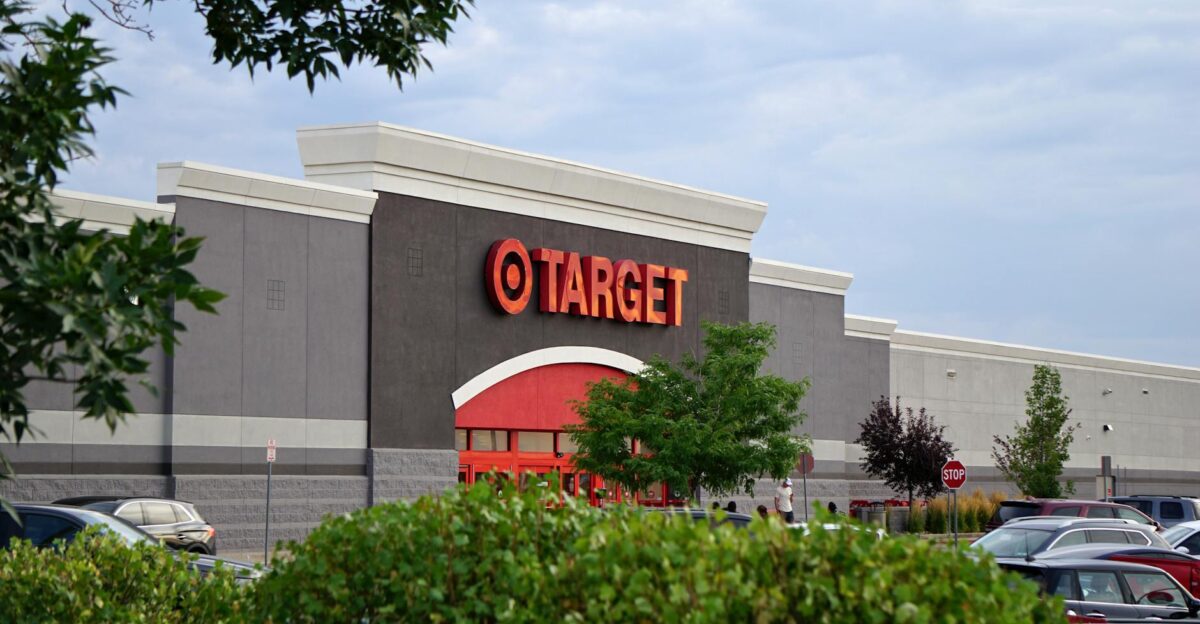
Major competitors have followed suit. Target quickly limited self-checkout to customers with 10 items or fewer (officially to improve flow; analysts note theft was a factor).
Dollar General pulled self-checkout from about 12,000 stores and capped remaining lanes at five items.
Online, Amazon says it removed over 7 million counterfeit or fraudulent products in 2023.
The FTC even warned Amazon and Walmart about deceptive “Made in USA” claims by marketplace sellers. Overall, analysts predict a broader pullback from self-service technology as chains balance efficiency against losses.
Partnership Strategy

Walmart’s strategy reaches beyond its walls. It shares intelligence with the industry and law enforcement, and backs collaborative solutions. The company works with groups like RILA, NRF and the U.S. Chamber to promote marketplace integrity.
Federally, Walmart partners with Homeland Security Investigations, the FBI and state prosecutors to target ORC networks.
It publicly supports bills like the INFORM, SHOP SAFE and Combating Retail Crime Acts to improve transparency and enforcement.
By uniting rival retailers and government agencies, Walmart is trying to turn organized crime from a fragmented skirmish into a coordinated fight.
Future Stakes
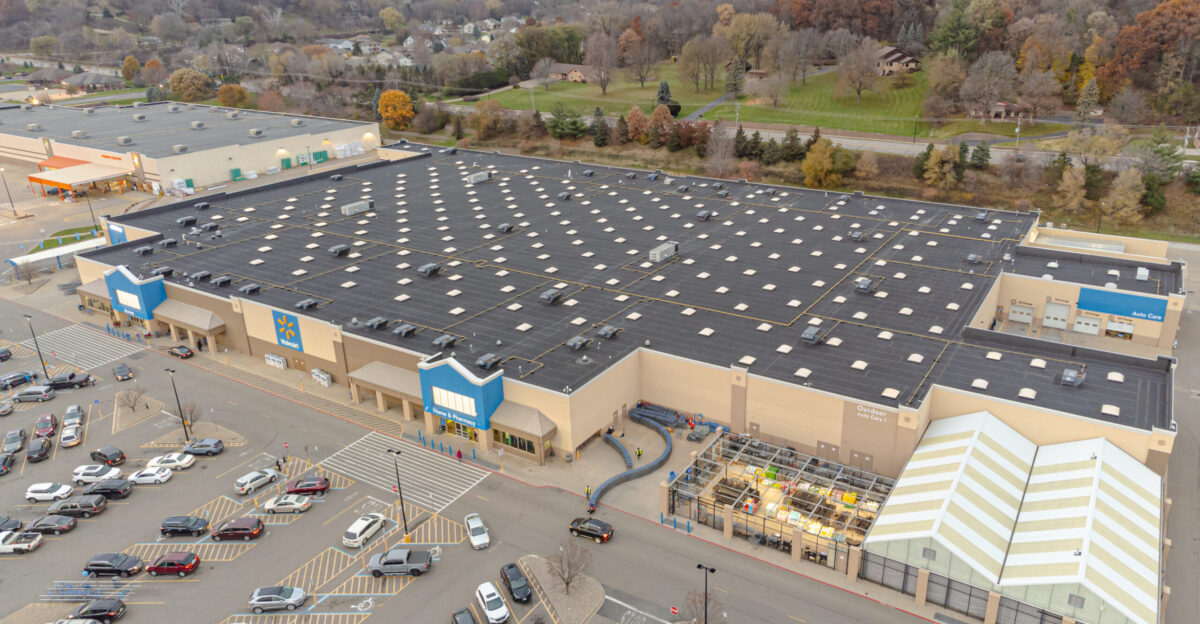
Now Walmart’s multi-billion-dollar wager hangs in the balance. Its marketplace is nearly 18% of revenue, so fraud there threatens future growth. Experts project U.S. retail theft losses topping $53 billion by 2027.
Walmart’s CEO has warned that unchecked shrinkage could force “stores to close and/or prices to rise”.
GlobalData analyst Neil Saunders notes, “Self-checkout is an area of the store people can steal things,” which is why chains like Target are retreating from those lanes.
The coming months will answer a key question: can Walmart’s unprecedented crackdown rebuild consumer trust and protect honest business, or will criminals simply adapt again?
Emerging Tactics
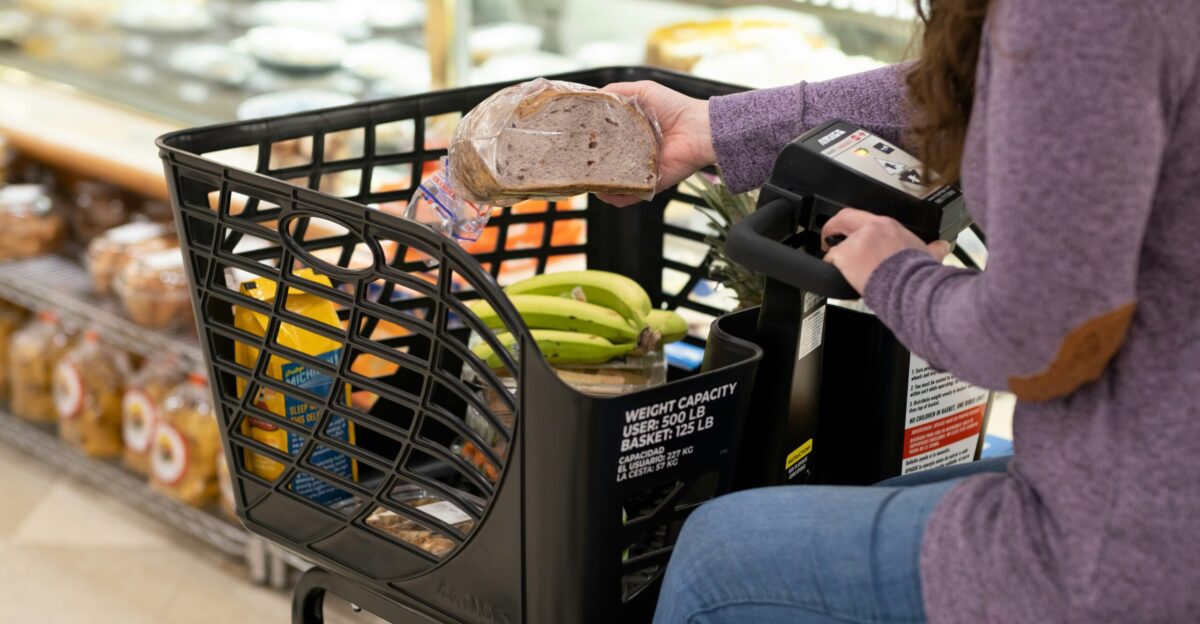
Walmart and others aren’t stopping there. New tactics are emerging to close gaps. Walmart is piloting body cameras for employees, to “record an event if an interaction with a customer is escalating”.
On the tech front, “smart carts” and app-based checkout promise security without surrendering speed. For example, Instacart’s Caper Cart lets shoppers scan and pay from the cart itself, skipping the line.
These tools can flag unpaid items instantly.
These tests will show if such tech can reduce theft without alienating customers. Industry analysts say it’s a crucial experiment in balancing security with convenience.
Economic Ripples

All of this comes at a cost. Loss-prevention programs are expensive, and businesses may recoup costs via higher prices or reduced services. Walmart invested over $500 million in one AI surveillance initiative, and other chains are boosting security headcount.
If theft remains rampant, CEOs like Doug McMillon say the industry may have to raise prices or even shutter underperforming stores.
Investors are watching closely as retailers fight back: unchecked shrinkage could threaten future expansion plans.
Smaller retailers, without Walmart’s scale, face even tougher choices. The industry is learning that managing theft is now as critical as moving merchandise.
Tech and Prevention

Technology is the newest battleground. AI cameras and sensors monitor store aisles, catching odd behaviors that human eyes might miss. Some supermarkets are testing RFID-enabled lockers that trigger alerts if unpaid goods are removed.
The classic barcode scanner is giving way to computer-vision checkout that knows exactly what’s in your cart.
Still, no system is perfect: one survey found 15% of self-checkout users admitted to stealing, and nearly half of those plan to do it again.
Retailers are betting these tools will deter opportunists and gather evidence, but they acknowledge each gadget may only be a temporary fix.
Legislative Pressure

Lawmakers, too, are turning up the heat. In Congress, a revived Combating Organized Retail Crime Act aims to establish a federal task force and data-sharing center.
Federal agencies are publishing best practices and funding regional anti-ORC initiatives.
States have increased penalties for retail theft and are coordinating police and retailer efforts. Industry groups see this as a turning point, and officials expect more uniform laws and coordination soon.
For now, every stakeholder—from storeowners to police—faces pressure to demonstrate progress. Some states have begun sharing data with neighbors to catch cross-border thieves.
Conclusion
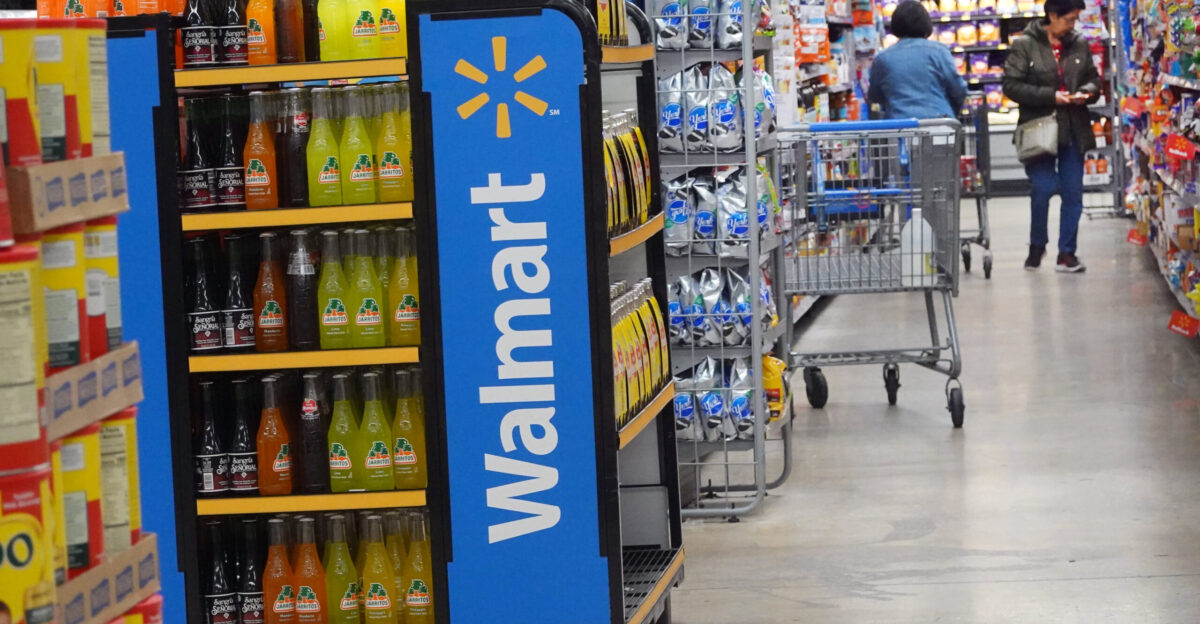
Walmart’s crackdown has already reshaped how Americans shop. Many self-checkouts have disappeared, and stores resemble secured facilities. Walmart stresses customer trust, insisting it’s “committed to delivering on it”.
In practical terms, honest shoppers will see safer aisles—and probably higher prices—while criminals face tighter enforcement.
Store managers say protecting customers is worth the inconvenience. Still, only time will tell: if thefts fall markedly, customers may accept these trade-offs.
If not, criminals could adapt again. The era of lax security may be ending, and the outcome will determine the future of retail.